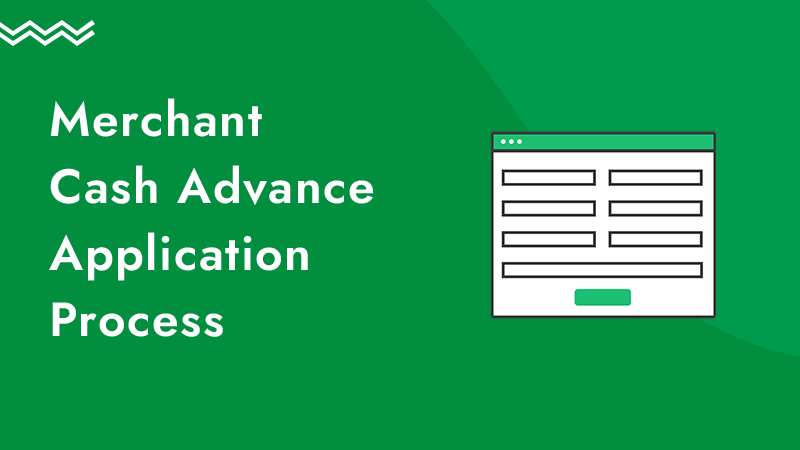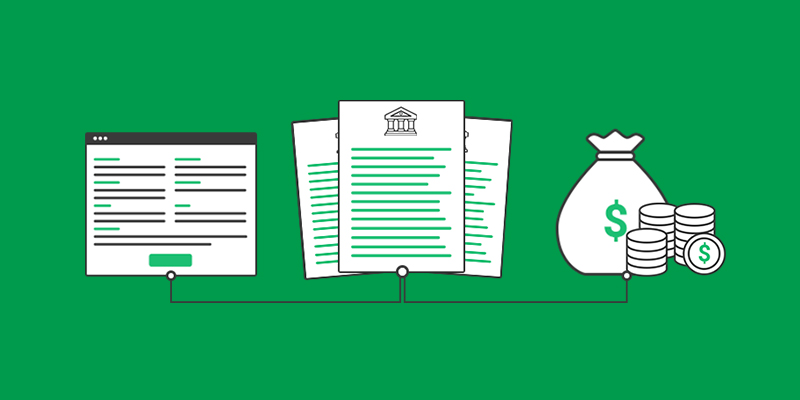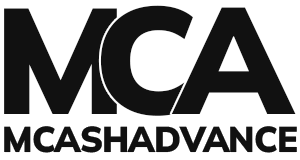
The merchant cash advance application process is easier than applying for a traditional bank loan. This alternative form of business financing is gaining popularity. According to the Global MCA Market Report, since the Covid pandemic, small businesses applying for merchant cash advances are increasing because traditional lenders have tightened lending, and they project that trend will not end soon. They estimate that the merchant cash market and businesses using it will grow from over $270 million in 2022 to $900 million by the end of 2028.
This is because there are fewer requirements and less paperwork, and it won’t take weeks or months to get approval and funding. Just complete an online application in minutes and receive a decision within 1-3 days.
In this article, we’ll guide you through the eight key steps you need to consider when applying for an MCA, including assessing your funding needs, shortlisting MCA providers, reviewing offers, and setting up repayments. We’ll provide detailed explanations to help you navigate each stage of the process easily.
How to Apply for an MCA?
Applying for an MCA doesn’t start when you fill in a lender’s form. There are many things to consider and research before completing an application form, as well as numerous factors to think about if you receive a funding offer.
Below is a table highlighting the 8 key steps to take:
| Step | Description |
|---|---|
| 1. Assess Your Funding Needs | Decide how much you need and if you can repay within a 3-18 month timeframe for this type of financing. |
| 2. Conduct Research of MCA Providers | Create a shortlist of MCA providers whose lending criteria you meet and verify the type of credit check they perform. |
| 3. Gather Supporting Documentation | Gather and organize documents like past bank statements and merchant account records for the application process. |
| 4. Fill out the Online Application Form | Complete the online form by entering business details and personal information, which typically takes between 3-10 minutes. |
| 5. Wait for Pre-Approval or Denial | Submit your application and wait for real-time pre-approval or denial based on the MCA provider’s underwriting technology. |
| 6. Review MCA Funding Offer | Carefully examine your funding offer, including the cash advance amount and factor rate, to ensure it aligns with your business needs. |
| 7. Accept/Deny MCA Funding Offer | Decide whether to accept the offer by signing electronically or decline it, potentially negotiating for better terms if needed. |
| 8. Setup Repayments | After receiving the funds, set up your preferred method of repayment, whether through a credit card merchant processor, direct bank deductions, or ACH. |

Step 1: Assess Your Funding Needs
MCAs offer short-term funding that your business must repay within a 3-18 month timeframe. Begin by determining if this short-term funding suits your needs and if your business can comfortably manage to repay an MCA within 18 months.
If your business can comfortably repay within 18 months, the next thing to do is to calculate how much you need and for how long. MCAs have higher rates compared to standard loans, so it’s wise to only advance what’s necessary. You can use our MCA calculator to estimate rates for different amounts and repayment periods which will determine the most suitable cash advance amount and duration.
Once you’ve identified the ideal cash advance amount and repayment schedule for your business, the next step involves researching and finding reputable MCA providers to apply to.
Step 2: Conduct Research of MCA Providers
The MCA market isn’t well-regulated, so MCA providers have different lending criteria your business must meet before being eligible to apply. These criteria include differences in the minimum credit score, minimum time in business, and minimum monthly credit card sales.
To save you time and avoid applying to MCA providers that won’t fund your business, create a shortlist of MCA providers that you have the ability to meet the minimum lending requirements mentioned on their website. Also, check whether the MCA providers perform a “hard” or “soft” credit check. A hard credit check will appear on your credit report and may negatively affect your credit, so ensure your shortlisted MCA providers only perform soft credit checks, which won’t impact your credit score.
If you need quick access to funding for your business, research MCA providers that offer same day funding.
Once you have your shortlist of MCA providers ready, the next step is to gather the required documents to support your online application.
Step 3: Gather Required Supporting Documentation
MCA providers only require a small amount of supporting documentation. Most often, they’ll ask for your bank statements from the past 4-6 months. Some might also want to see your merchant account statements for the same period.
Each MCA provider is different and might ask for various types of supporting documentation. For example, they might request tax returns or details about your business’s finances.
Here’s a list that breaks down the different MCA requirements, providers typically ask for.
It’s a good idea to gather and prepare all your documents in advance because if you fill out the application and are pre-approved, you will be required to instantly submit your supporting documentation as part of the loan application process. So you should have all your documents at the ready.
Most providers accept documentation in PDF and image formats.
Once you have all the documents ready, you can go ahead and begin filling out the online MCA application form.
Step 4: Fill out the Online MCA Application Form
Completing the online application form takes about 3-10 minutes. You’ll enter basic business details like monthly income, credit card transaction averages, business name, and address. They’ll also need your personal details as the business owner, including your name and contact information.
You might also need to provide your personal credit score. If you’re unsure of your score, check your credit report or contact a credit agency.
After submitting your online application, the next step is to wait a moment to see if you’re pre-approved or denied.
Step 5: Wait for Pre-Approval or Denial
MCA providers use underwriting technology to evaluate your MCA application in real time and provide you with an instant pre-approval or denial decision.
If your application gets pre-approval, the next step will be to upload the supporting documents that the MCA provider requests. These documents help verify and support the information you provided in your application.
Once you submit the documents, a human underwriter employed by the MCA provider will carefully review your application and documentation and make a final decision on whether to approve your cash advance. If you receive final approval, the underwriter will send you a funding offer.
Step 6: Review MCA Funding Offer
The funding offer you receive from the MCA provider will detail the cash advance amount they’re willing to extend. It’s important to note that MCA providers might not always match the amount you initially requested; they may adjust it based on what they are willing to offer and the level of risk they have assessed.
The offer will also specify the factor rate they will charge to provide the cash advance facility, which determines the overall cost of the advance.
It’s important to review the offer carefully to ensure it is the right choice for your business and will not put a financial strain on your business during the repayment period. It’s essential to weigh all the benefits and drawbacks before making a final decision.
Step 7: Accept or Deny the MCA Funding Offer
To accept an MCA offer, you usually sign the MCA contract and terms and conditions online using an e-signature. If you want to decline or say no to the offer, you can simply click on the deny option.
Before deciding whether to accept or decline the offer, it’s a good idea to contact the MCA provider either by phone or email. You can try to negotiate more favorable terms for the offer you received. This is especially useful if you don’t need the funding right away. MCA lenders are often willing to work with you and find a solution that suits both parties.
However, if your credit score isn’t very good or your credit card sales volume is low, it might be challenging to negotiate better terms because the MCA lender sees your advance as a higher risk to provide funding in those cases.
Step 8: Setup Repayments
After accepting the cash advance and receiving the funds, the final phase involves setting up the repayment process. The MCA provider takes care of this entire process, offering three primary repayment methods: through a credit card merchant processor, direct bank deductions from your bank account, or ACH.
If your credit card processing company is compatible with the MCA provider’s system, they will typically deduct the holdback from your daily credit card sales using this processor.
In cases where your credit card processing company is not compatible with your MCA provider’s system and the provider, the MCA provider will arrange for direct debit repayments from your business bank account.
To gain a comprehensive understanding of all these repayment methods, we recommend reading our in-depth article on how to repay your MCA.
Ready to Apply?
or learn more about merchant cash advances
The Bottom Line
When applying for an MCA, it is essential to remember a few key things. First, ensure you can comfortably manage repayment within the 3-18 month timeframe. Second, only advance what you truly need to avoid higher costs. Third, make sure you are only applying to MCA providers that do soft credit checks so your credit score won’t be affected. Fourth, prepare your documents in advance to streamline the application process. Fifth, scrutinize funding offers carefully to ensure they align with your business needs. Finally, try reaching out to the MCA provider to negotiate better terms. By following these guidelines, you can navigate the MCA process safely and more effectively and get the best funding offer for your business.

